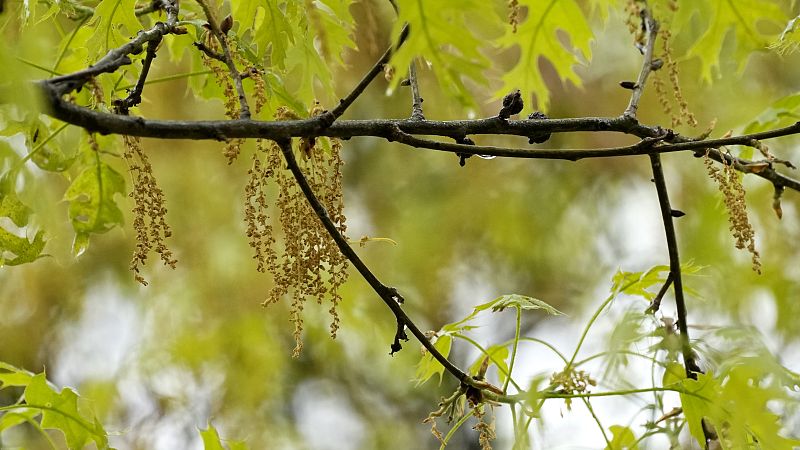Climate change leads to worsening effects of pollen allergies in Denmark

Climate change has increased the duration of the pollen season in Denmark, with warmer temperatures and a wetter atmosphere exacerbating the symptoms of pollen allergies.
The amount of pollen produced from plants has increased significantly since the 1980s, with grass pollen rising by 19% and birch pollen by 35%.
This is caused, in part, by the presence of higher levels of carbon dioxide in the atmosphere, which can lead to faster and more intense photosynthesis in plants as well as higher pollen production, according to a study published in the scientific journal Atmosphere.
Pollen grains also interact with air pollutants and can be impacted by thunderstorms and other extreme events, aggravating the development of respiratory diseases such as allergic rhinitis and asthma, researchers explain.
"We follow the development [of pollen] continuously," says Tyra Grove Krause, functional director of epidemiological readiness at the Statens Serum Institut (SSI).
"We’re beginning to see [pollen] outbreaks in Germany too, so it is moving continuously more north,” she explains.
Mette Lund is affected by her allergies all year round, taking medicine to manage them at least once a day.
"Tree pollen allergy for the early wood species are sometimes even already irritable at Christmas time. It used to be in January, February [that it started],” she says.
Climate change is also leading to an increase in other infections and viruses, brought on by warmer conditions.
"Mosquitos and ticks can get better living conditions by the warm and moist weather, and then contaminate humans with different exotic viruses," says Grove Krause.
Moreover, Grove Krause says, the increase in adverse weather events such as heatwaves and flooding are causing more deaths, with floods leaving people exposed "exposed to sewer water or polluted water, that could result in them getting a wide range of infections.”
Today


